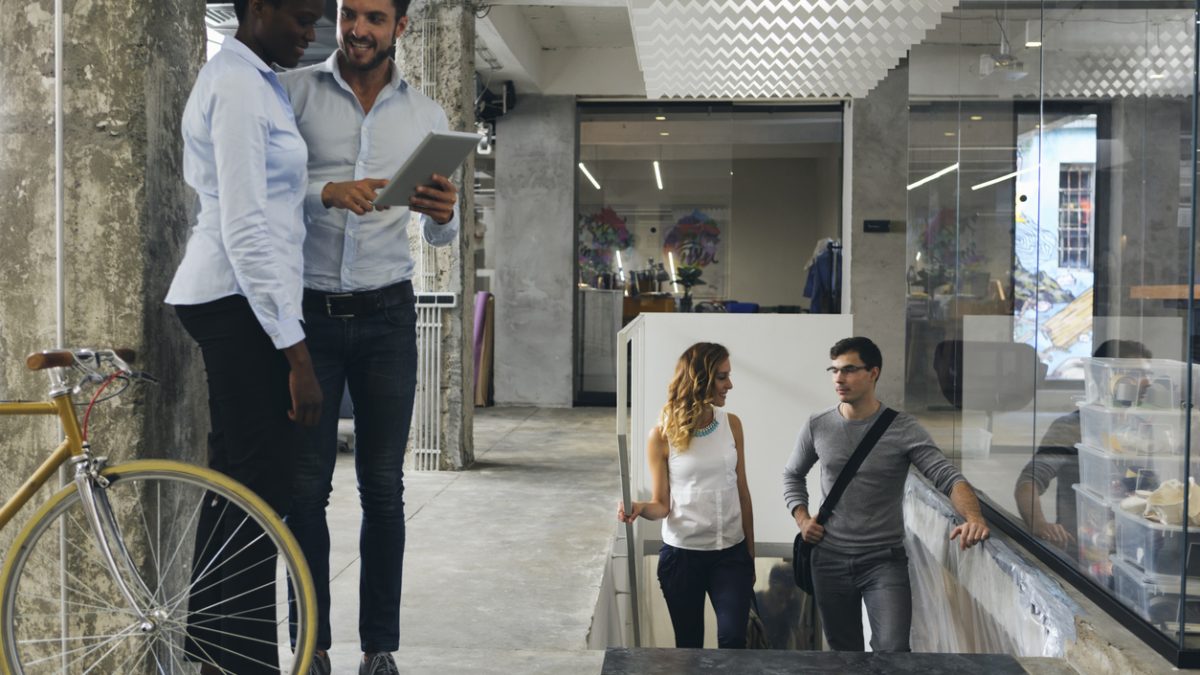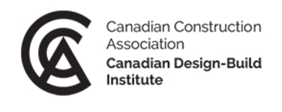
What is Active Design for the Workplace?
‘Active Design’ is a term that’s popping up more and more in commercial office design circles. What is active design for the workplace and how can it help your employees health and productivity?
Large corporations are facing challenges such as: attracting unskilled workers, declined productivity as a result of employees ‘health problems, and the rising costs of healthcare benefits. Decreased productivity due to workplace health problems is the main reason companies are motivated to concentrate on wellness in the workplace not only with health programs, but also workplace design.
What is Active Design?
Active design is a strategy that was initially meant to advance public health by constructing infrastructure that was meant to encourage physical activity in the workplace. Nonetheless, active design architecture and office design has become a worldwide movement that is propelling the design of the contemporary workstation.
Why Your Company Should Invest in Active Design
Research conducted by a non-profit centre for active design found out that workers spend more than 1600 hours at their place of work annually. These spaces can have a huge impact on the employees’ health. Diseases like diabetes and obesity result from a lack of movement as workers spend more hours when commuting to work and sitting on a computer for the better part of the day.
This health disaster has led to reduced quality of life, absenteeism, decreased productivity, not to forget, rising healthcare costs.
Active design solutions are meant to tackle these issues by including programs, policies, and environmental changes in the place of work that inspire workers to move throughout the day. Moreover, including an active design can help you bring in top talent especially with the young generation placing emphasis on a well-designed workstation.
Active design in the workplace includes:
- The design of the workplace’s interior spaces, such as corridors, stairs, elevators, and lobbies that connect a building’s functional
spaces. An office’s circulation system should provide opportunities for walking. As well, stairs and ramps should be designed with attention to accessibility. - The inclusion of building elements such as stairs, gyms, change or shower rooms, bicycle storage, or plazas. Adding features like drinking fountains and benches can further support physical activity. In contrast, things like unneeded escalators, an overemphasis on elevators, and barriers like door locks and poor placement of building elements can deter physical activity.
- A good active design encourages walking between destinations. Employees can exercise through regular travel to the mailbox or to the cafeteria.
- The inclusion of designed activity spaces, including exercise rooms, swimming pools, running tracks, multipurpose rooms, and other specialized spaces designated as venues for physical activity.
Incorporating active design solutions into office spaces results in improved quality of life and increased productivity, which is beneficial to your company. Contact us today to learn more about active design.
Recent Posts

Want to Reduce Noise in the Office? Improve Your Acoustics

6 Of The Most Common Office Design Mistakes You’ll Want To Avoid

The Benefits and Drawbacks of Open Ceilings

3 MORE Upcoming Interior Design Concepts for the Office Space

Tips From a Commercial Contractor: The 5 Most Common Complaints About Office Design








